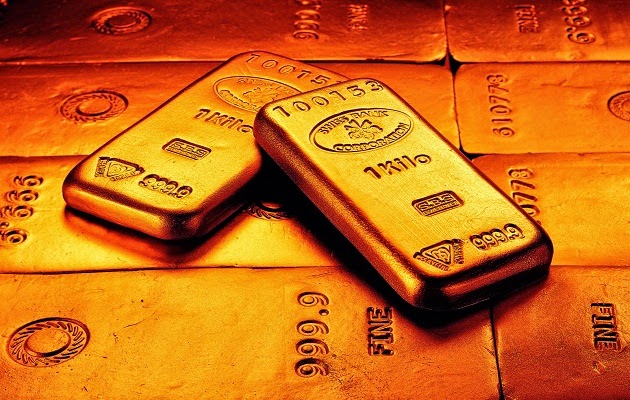Frequently Asked Questions by first time precious metal buyers

For first time precious metal buyers, a lot of doubts about the metals and the prices will arise. Spot pricing is one of the main concerns, but there are a lot of other questions that they will come across.
Here are the most frequently asked questions by first time precious metal buyers.
What are the forms of Precious Metal?
Most investors purchase precious metals in a form that can be stored easily. The most common forms of precious metal are bars, coins and rounds. Coins can either be numismatic or non numismatic. They carry a face value. The difference between coins and other form factors is that coins have a collectible form factor, whereas rounds and bars don’t. The common weight of a coin ranger from 1/20 Oz to 1 oz.
Rounds do not have a face value, but they are similar to coins. If you are wondering what face value is, it is the imprint on currency coins. Precious metal coins will also have them, but rounds will just take the shape of a coin without any face value. The weight of a round is commonly ½ oz to 5 ox.
Bars are the best forms to accumulate big gold. They weigh from 1 oz to 100 oz.
Why is gold costlier than silver?
All precious metals are priced based on their rarity. Gold is rarer than silver, and platinum is rarer than gold. Hence, the cost of gold is greater than silver, while that of platinum is greater than gold. There are other reasons for gold having a greater price. Unlike other precious metals, gold is the most preferred for jewelry and it is also seen as an alternative currency.
All over the world, central banks (government banks) are on the watch out for gold, and they want to use this to build their national economy. Apart from that, many people prefer gold as an investment compared to other precious metals.
How are precious metals priced?
One of the answers to this question is already explained above. There are two main aspects which determine the price of a precious metal. First is the spot price. The spot price of a metal differs according to the market and it is not constant. The next is the premium. You cannot buy a crude metal directly from the ore, and it has to be fabricated into a form. For this, a price has to be paid, and that price is called the premium. So in general, the spot price+premium makes the total price of the metal.
There are other factors to consider when paying for a precious metal. When you buy coins, you should be careful not to pay too much. Most first time precious metal buyers get cheated in this regard. Few coins have special significance, but not all.
Where to Store Precious metals?
That is really a great question to ask. There are different methods in which people have stored precious metals, right from treasure chests to high security lockers. If you have less amount of metal, you can store it in a secret place at your home. If it is more, you can choose to store it in safe deposit boxes.
There are also depository services that will store your precious metals under high security. A lot of security firms which offer precious metal services are available internationally.
You can also store precious metals in bank lockers, but that is not recommended these days since the government and other agencies have access to your bank account and they can seize your products.
When to sell the products?
Precious metals can be sold as and when needed, but when it comes to selling, you will have to be careful. Most people prefer to use precious metals as a long term investment, and they do not usually sell it. If you plan to sell your products, it is best to sell them them during liquidity. It is best to avoid selling a precious metal investment as long as you can have it, but if you really need to, then you should contact a licensed financial advisor.
These are the most frequently asked questions by first time precious metal buyers. If you have anything else, please leave a comment below and we will get back to you.
